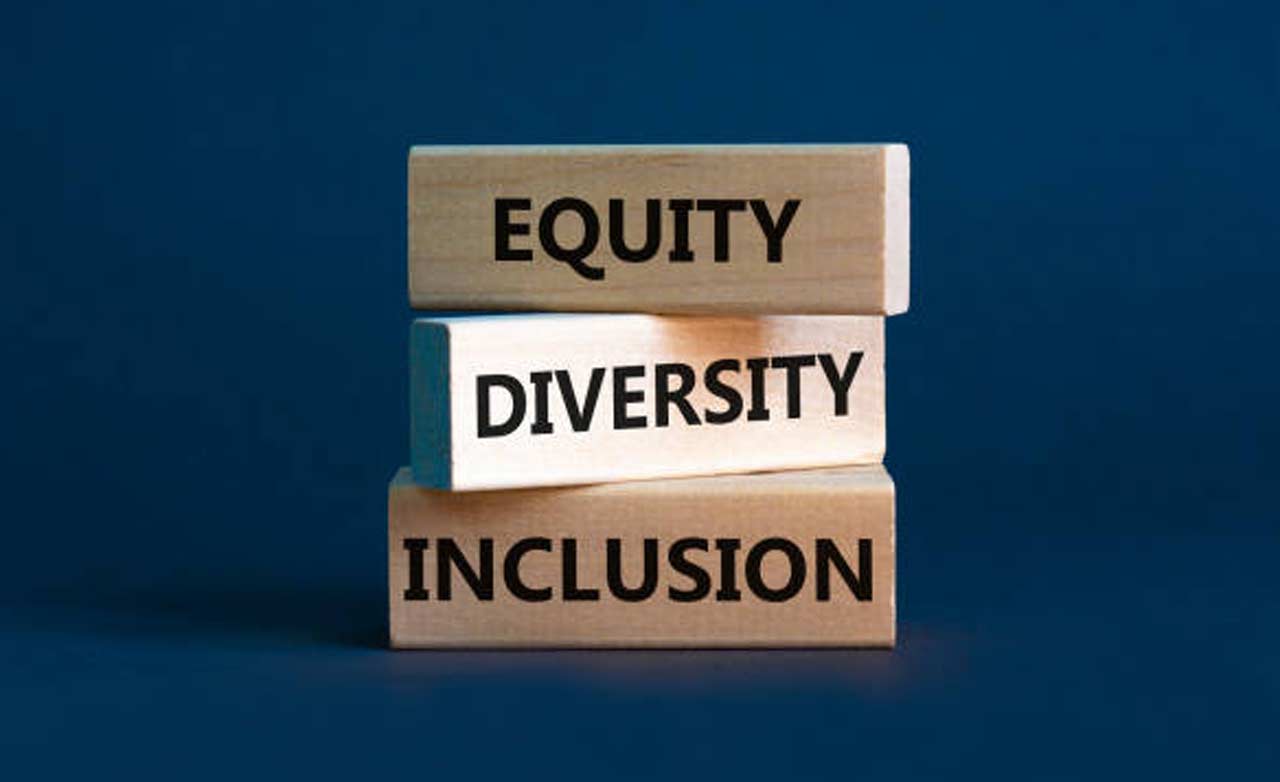Fighting video games have been captivating players for decades, offering intense action, strategic gameplay, and a competitive spirit that keeps gamers coming back for more. From classic titles like Street Fighter and Mortal Kombat to modern releases such as Tekken and Super Smash Bros., fighting games have evolved into a diverse and exciting genre.
In this article, we delve into the world of fighting video games, exploring their history, gameplay mechanics, iconic franchises and characters, competitive scene, community and fan culture, impact on pop culture, accessibility and inclusivity, and the future of the genre.
I. The Evolution of Fighting Games
The evolution of fighting games has been a remarkable journey, from their early days in arcades to their dominance on home consoles and the global stage of esports. These games have undergone significant transformations in terms of graphics, gameplay mechanics, and community engagement.

Pioneering titles like Street Fighter and Mortal Kombat paved the way for the genre, while the transition to 3D environments introduced a new level of depth and immersion. As technology continues to advance, the evolution of fighting games promises even more exciting experiences for players worldwide.
From arcade cabinets to console dominance:
Fighting games have their roots in the arcade scene of the 1970s and 1980s. Titles like Karate Champ and Street Fighter laid the foundation for the genre, drawing players into local arcades with their competitive gameplay. With the advent of home consoles, fighting games transitioned to living rooms, allowing players to enjoy the thrill of battle from the comfort of their homes.
Pioneering titles that shaped the genre:
Street Fighter II, released in 1991, revolutionized fighting games by introducing character-specific movesets, combos, and special moves. This game set the standard for future fighting games and sparked the competitive scene.
The transition to 3D: a new dimension of combat:
In the mid-1990s, games like Virtua Fighter and Tekken brought fighting games into the realm of three dimensions, introducing depth and new gameplay mechanics. The shift to 3D environments and movement added complexity and strategic elements to the genre.
II. Gameplay Mechanics: A Perfect Balance of Strategy and Skill
The gameplay mechanics of fighting games strike a perfect balance between strategy and skill, offering players an exhilarating blend of tactical decision-making and precise execution. From basic controls and move sets to intricate combos and special moves, players must master a diverse range of techniques to outwit and outmaneuver their opponents.

Counters, defensive techniques, and character selection further deepen the strategic depth, while the unique playstyles of each character cater to different player preferences. Whether it’s delivering devastating combos or successfully defending against an onslaught of attacks, fighting games reward both mental acuity and dexterity, making them an engaging and dynamic gaming experience.
Basic controls and move sets:
Fighting games typically feature intuitive control schemes, consisting of basic inputs for movement, blocking, and attacking. Players must master the fundamentals, such as punch, kick, and special move inputs, to succeed.
Special moves, combos, and super moves:
One of the defining aspects of fighting games is the variety of special moves available to each character. These moves require specific inputs and often unleash powerful attacks. Combos, sequences of chained attacks, allow skilled players to deliver devastating damage. Super moves, flashy and powerful attacks, can turn the tide of battle when executed correctly.
Counters and defensive techniques:
Defense is just as important as offense in fighting games. Players can block incoming attacks, perform counters to punish opponents’ mistakes, and use evasive maneuvers to avoid damage. Timing and anticipation are key to success in defensive play.
Character selection and diverse playstyles:
Fighting games offer a roster of unique characters, each with their own move sets, strengths, and weaknesses. Players can choose their favorite character and develop their playstyle, whether it’s a rushdown aggressive approach, a defensive and methodical style, or a mix of both.
Read Also: Ways to Play GBA Games on your Android Device
III. Iconic Franchises and Characters
Iconic franchises and characters are the heart and soul of the fighting game genre, leaving an indelible mark on both gaming history and popular culture. From Street Fighter’s Ryu and Chun-Li to Mortal Kombat’s Scorpion and Sub-Zero, these characters have become household names, recognized for their unique movesets, compelling backstories, and memorable designs.
Each franchise brings its own distinct flavor to the genre, whether it’s the intense 3D battles of Tekken, the crossover madness of Super Smash Bros., or the weapon-based combat of Soulcalibur. These beloved franchises and their characters have not only shaped the identity of fighting games but have also spawned a passionate fanbase that continues to celebrate and embrace their enduring legacy.
Street Fighter: The trailblazer of the genre:
Street Fighter is synonymous with fighting games. With iconic characters like Ryu, Ken, and Chun-Li, it has spawned numerous sequels and spin-offs, establishing itself as a pillar of the genre.
Mortal Kombat: Brutal and controversial:
Mortal Kombat gained notoriety for its graphic violence and fatalities. The franchise is known for its unique characters like Scorpion and Sub-Zero, and its compelling storyline.
Tekken: The king of 3D fighting games:
Tekken introduced 3D fighting to a wide audience, offering deep gameplay mechanics, diverse characters, and a rich lore. Its unique control system and deep move lists set it apart from other games in the genre.
Super Smash Bros.: A crossover phenomenon:
Super Smash Bros. combines the fighting genre with a unique twist. Instead of focusing on traditional health bars, Super Smash Bros. features a percentage-based system where higher percentages make characters more susceptible to being launched off the stage.
The game brings together beloved characters from different franchises, such as Mario, Link, Pikachu, and Donkey Kong, creating an exciting crossover experience that appeals to both casual and competitive players.
Soulcalibur: The art of weapon-based combat:
Soulcalibur stands out for its emphasis on weapon-based combat. With a roster of characters wielding various weapons like swords, axes, and staffs, the game offers a distinct gameplay experience. Its precise controls and strategic mechanics have made it a staple in the fighting game community.
IV. Competitive Scene: Tournaments and Esports
The competitive scene of fighting games has flourished into a thrilling world of tournaments and esports, captivating players and spectators alike. From local gatherings to grand global events, these competitions showcase the immense skill, strategy, and dedication of top players from around the world. Tournaments like the Evo Championship Series and the Capcom Cup have become prestigious battlegrounds where champions are crowned.
The rise of esports has brought professional gaming to the forefront, with fighting games attracting a dedicated fanbase and professional players who train rigorously to master their chosen characters. The competitive scene of fighting games continues to evolve, providing thrilling matchups, intense rivalries, and a platform for players to showcase their talents on a global stage.
Evolution of fighting game tournaments:
Fighting game tournaments have evolved from small local gatherings to massive global events. Organized competitions like Evolution Championship Series (Evo), Capcom Cup, and Combo Breaker bring together top players from around the world to showcase their skills and compete for glory.
Street Fighter and the birth of the Capcom Cup:
Capcom Cup, an annual tournament for Street Fighter, has become a premier event in the fighting game community. It features the best players from regional qualifiers, culminating in a grand finals showdown to determine the world champion.
Evo Championship Series: The ultimate fighting game event:
Evo is the largest and most prestigious fighting game tournament in the world. It showcases a diverse lineup of fighting games, attracts thousands of participants, and draws millions of viewers online. Evo’s electric atmosphere and intense matches make it a highlight of the competitive gaming calendar.
Rise of esports and professional players:
Fighting games have embraced the esports phenomenon, with professional players, sponsored teams, and dedicated leagues. Players like Daigo Umehara, Justin Wong, and SonicFox have achieved celebrity status within the community, showcasing the skill, dedication, and competitive spirit that define the fighting game scene.
Fighting game tournaments have evolved from small local gatherings to massive global events. Organized competitions like Evolution Championship Series (Evo), Capcom Cup, and Combo Breaker bring together top players from around the world to showcase their skills and compete for glory.
Street Fighter and the birth of the Capcom Cup:
Capcom Cup, an annual tournament for Street Fighter, has become a premier event in the fighting game community. It features the best players from regional qualifiers, culminating in a grand finals showdown to determine the world champion.
Evo Championship Series: The ultimate fighting game event:
Evo is the largest and most prestigious fighting game tournament in the world. It showcases a diverse lineup of fighting games, attracts thousands of participants, and draws millions of viewers online. Evo’s electric atmosphere and intense matches make it a highlight of the competitive gaming calendar.
Rise of esports and professional players:
Fighting games have embraced the esports phenomenon, with professional players, sponsored teams, and dedicated leagues. Players like Daigo Umehara, Justin Wong, and SonicFox have achieved celebrity status within the community, showcasing the skill, dedication, and competitive spirit that define the fighting game scene.
Read Also: Top 9 Multiplayer Games for PC & Mac in 2024
V. Community and Fan Culture
The community and fan culture surrounding fighting games are vibrant and passionate, fostering a sense of camaraderie and celebration within the genre. From local arcades to online forums and social media groups, players come together to share their love for these games, exchange strategies, and engage in friendly competition.
The fighting game community has cultivated its unique traditions, such as local tournaments, casual meetups, and even grassroots events. Fan culture thrives with fan art, cosplay, and fan-made content, showcasing the creativity and dedication of enthusiasts.
The sense of belonging and shared enthusiasm in the fighting game community has created a welcoming and inclusive environment that embraces players of all backgrounds and skill levels.
Local arcades and the fighting game community:
Before online gaming became prevalent, local arcades were hubs for fighting game enthusiasts to gather, compete, and share their passion. The arcade culture fostered a sense of camaraderie and friendly rivalry among players.
Online matchmaking and global connectivity:
With the advent of online gaming, players can now connect with opponents from around the world. Online matchmaking services and platforms like PlayStation Network and Xbox Live allow players to test their skills against a vast player base, fostering a global fighting game community.
Fan art, cosplay, and fan-made content:
The fighting game community has a vibrant fan culture, with fans creating fan art, cosplaying as their favorite characters, and developing fan-made content such as mods and custom stages. This creativity and dedication further strengthen the sense of community within the genre.
VI. Impact on Pop Culture
The impact of fighting games on pop culture cannot be overstated, as these games have left an enduring mark on various forms of entertainment. With their dynamic gameplay, larger-than-life characters, and visually stunning battles, fighting games have become a source of inspiration for movies, TV shows, and animated adaptations.
The martial arts influence and cinematic flair of these games have captivated audiences worldwide. Additionally, crossover collaborations and guest appearances from popular franchises have brought new levels of excitement and fan engagement.
Fighting games have not only entertained millions of players but have also influenced fashion, music, and even the broader gaming industry, cementing their status as a cultural phenomenon.
Martial arts influence and cinematic flair:
Fighting games draw inspiration from various martial arts disciplines, showcasing their techniques, styles, and philosophies. The fluid animations, special effects, and cinematic finishers contribute to the genre’s visual appeal and cinematic flair.
Guest characters and crossovers:
Fighting games have embraced crossover collaborations, featuring guest characters from other franchises. Characters like Solid Snake, Link, and Akuma have made appearances in fighting games, creating exciting and unexpected matchups that generate buzz among fans.
Movies, TV shows, and animated adaptations:
The popularity of fighting game franchises has led to the creation of movies, TV shows, and animated adaptations. These multimedia extensions explore the characters’ backstories, expand the game worlds, and bring the thrilling battles to new audiences.
VII. Accessibility and Inclusivity
Accessibility and inclusivity have become increasingly important aspects of fighting games, ensuring that players of all abilities and backgrounds can enjoy and participate in the genre. Developers have implemented various features to make fighting games more accessible, such as customizable controls, simplified inputs, and adjustable difficulty settings.
These options allow newcomers and players with disabilities to engage with the games and gradually improve their skills. Furthermore, fighting games have made strides in representation, featuring diverse characters from different cultures, genders, and ethnicities.
This inclusivity fosters a welcoming and inclusive community, promoting diversity and celebrating the diverse range of players who contribute to the genre’s success.
Balancing depth and approachability:
Developers strive to strike a balance between depth and approachability in fighting games. While mastering advanced techniques requires dedication and practice, developers also provide accessible gameplay options for newcomers, such as simplified controls, tutorials, and beginner-friendly modes. This allows players of varying skill levels to enjoy the games and gradually improve their abilities.
Diversity in character design and representation:
Fighting games have made efforts to enhance diversity and representation. Characters come from various backgrounds, cultures, and ethnicities, offering players a wide range of choices and representation. This inclusivity promotes a welcoming and inclusive community within the fighting game genre.
Accessibility features and customization options:
To cater to players with disabilities, many fighting games include accessibility features such as customizable controls, colorblind options, and adjustable difficulty settings. These features ensure that everyone, regardless of their physical abilities, can participate and enjoy the games.
VIII. Future of Fighting Games
The future of fighting games is brimming with exciting possibilities. Advancements in technology will continue to push the boundaries of the genre, with improved graphics, realistic animations, and immersive experiences. Virtual reality (VR) and augmented reality (AR) may introduce new ways to engage with fighting games, offering players a more immersive and interactive gameplay experience.
Cross-platform play and community integration will further strengthen the global fighting game community, allowing players from different platforms to compete and connect. Additionally, developers will continue to prioritize accessibility and inclusivity, ensuring that fighting games can be enjoyed by a wider range of players.
With constant innovation and the dedication of both developers and the community, the future of fighting games promises to deliver even more thrilling battles and captivating experiences.
Advancements in graphics and technology:
As technology continues to advance, fighting games are poised to deliver even more visually stunning experiences. Improved graphics, realistic animations, and immersive environments will further enhance the sense of immersion and bring the battles to life.
Virtual reality and augmented reality possibilities:
The rise of virtual reality (VR) and augmented reality (AR) opens up new possibilities for fighting games. VR could provide players with a truly immersive and intense fighting experience, while AR could blend the virtual and real worlds, allowing players to engage in battles within their own environments.
Cross-platform play and community integration:
With cross-platform play becoming more common, players from different platforms can compete against each other, fostering a larger and more connected player base. Additionally, increased integration with community platforms and social features will strengthen the sense of community within the fighting game genre.
Conclusion:
Fighting video games have evolved from humble arcade beginnings to a global phenomenon. With their engaging gameplay mechanics, iconic franchises and characters, competitive scene, passionate community, and impact on pop culture, fighting games continue to thrive.
The genre’s focus on strategy, skill, and the thrill of one-on-one combat offers an exhilarating experience for players of all levels. As technology advances, accessibility improves, and new possibilities emerge, the future of fighting games looks promising, ensuring that the thrill of battle will continue to captivate gamers for years to come.








